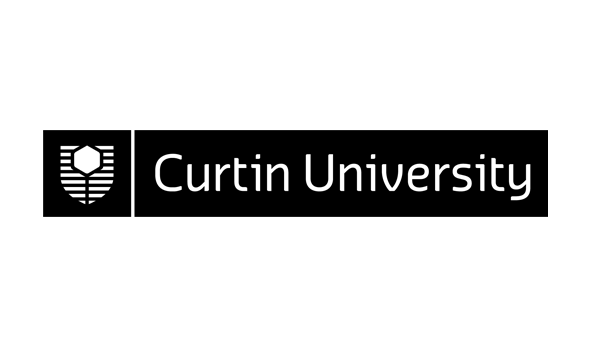310299 (v.1) Industrial Modelling and Optimisation 301
Area: |
Department of Mathematics and Statistics |
Credits: |
25.0 |
Contact Hours: |
4.0 |
| ** The tuition pattern below provides details of the types of classes and their duration. This is to be used as a guide only. For more precise information please check your unit outline. ** | |
Lecture: |
1 x 3 Hours Weekly |
Tutorial: |
1 x 1 Hours Weekly |
Syllabus: |
The aim of this unit is to develop skills in constructing and applying integer linear programming models to large-scale industrial problems. Such problems arise in many applications, including: airline scheduling, communication systems, distribution networks, production planning, defence warfare systems, environmental modelling, resource management and many more. These problems are computationally difficult, but improved solutions have significant impact on the competitiveness and viability of businessesand industries. The important components of this unit are modelling with binary and integer variables. Solving mixed integer linear programming (MILP) problems using commercial software packages. Integer programming techniques: Branch algorithms. Lagrangian relaxations. LP rounding heuristics. Hybrid algorithms. Case studies are used to highlight and expand the understanding and application of the topics discussed in the unit. |
| ** To ensure that the most up-to-date information about unit references, texts and outcomes appears, they will be provided in your unit outline prior to commencement. ** | |
Field of Education: | 010100 Mathematical Sciences (Narrow Grouping) |
Funding Cluster: | 04 - Mathematics, Statistics |
SOLT (Online) Definitions*: | Not Online *Extent to which this unit or thesis utilises online information |
Result Type: | Grade/Mark |
Availability |
|
| Availability Information has not been provided by the respective School or Area. Prospective students should contact the School or Area listed above for further information. | |

